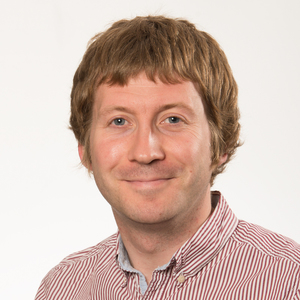Organisations of Hope: Building a Creative Consortium for Health Equity in Greater Manchester
This research project is led Dr Simon Parry, Senior Lecturer in Drama and Arts Management at the University of Manchester, as part of Creative Manchester. Full information about all aspects of this research project can be found here.
What are we trying to do?
This research project aims to build a creative health coalition - which is a diverse group of organisations and individuals representing communities, cultural organisations, charities, and local government – to work together to find out how existing community assets can be used to improve health and wellbeing and increase equity and reduce health-related inequalities.
To build the creative health coalition, we need to know what creative health assets are currently available in Greater Manchester and where they are located.
Creative health assets include things like parks, dance clubs, choirs and community centres – any venues and groups that community members can access that benefit their health and wellbeing.
By increasing our knowledge of creative health assets, we can see whether they’re spread across Greater Manchester fairly and examine whether people are able to find and access them.
We’ll also be able to find ways of replicating successful creative health assets in areas that would benefit the most.
Developing the creative health coalition will reinforce Greater Manchester’s belief that creative and cultural activities can have a positive impact on mental health and wellbeing. Greater Manchester has committed to this by becoming the world’s first creative health city region – read the strategy.
Why is this important?
Access to creative health assets is beneficial to people’s health and wellbeing. Greater Manchester has worse health outcomes than people in other parts of the UK, but improving access to creative health assets should have a positive effect on outcomes, helping to reduce health-related inequalities in the region.
How are we doing it?
Organisations of Hope is building a creative health coalition, bringing together communities and organisations to address health inequalities and inequities in Greater Manchester.
An initial mapping exercise across Greater Manchester has identified the creative health assets that are available and where they’re located.
A series of workshops with communities, and conversations with practitioners and stakeholders are currently taking place. These are examining the actions, systems and assets to ensure that information on creative health gets to the right people at the Greater Manchester, individual city and town levels, and on a local community level, city and local levels.
In total there are five strands to this research project on creative health in Greater Manchester:
- GM creative health mapping and consortium building
- Health inequality mapping
- Community asset hub scoping (children and young people)
- Community asset hub scoping (adult brain health)
- Outcomes and dissemination
Dr Luke Munford (Deputy Lead for Economic Sustainability) is leading the Health Inequity Mapping strand of this work.
Who are we working with?
Project partners
Other partners/supporters
Funding information
Organisations of Hope is funded primarily by the Arts and Humanities Research Council (AHRC).
In 2021, UK Research and Innovation (UKRI) established the £26 million Mobilising Community Assets to Tackle Health Inequalities investment, which has enabled AHRC to fund several research projects that examine how to scale-up small, local approaches to tackle health inequalities. Organisations of Hope is one of these research projects.
More information

Programme Lead
Mike Spence